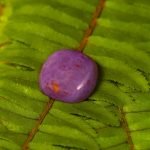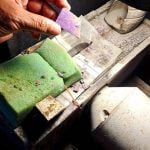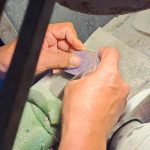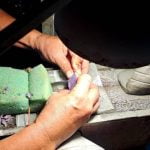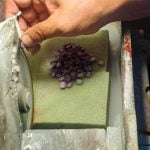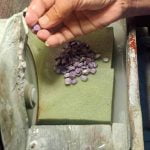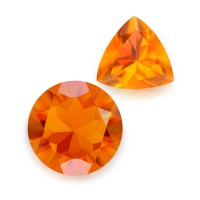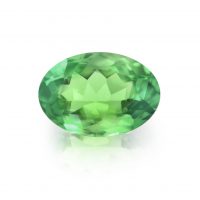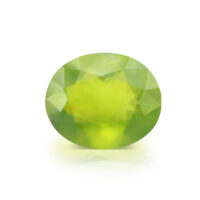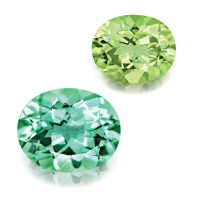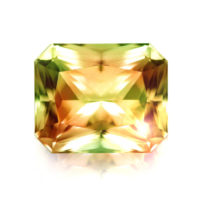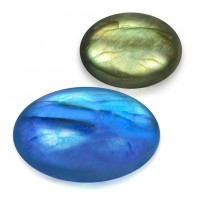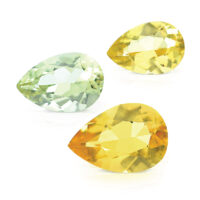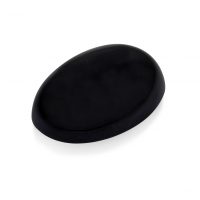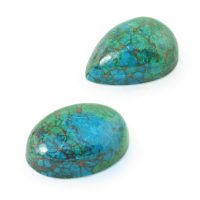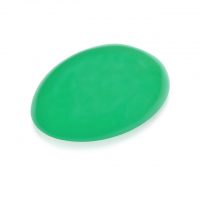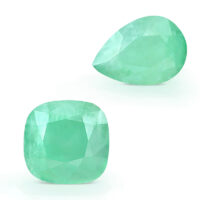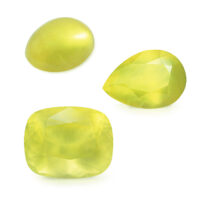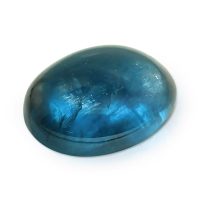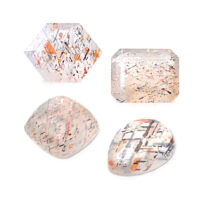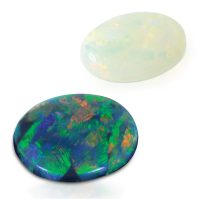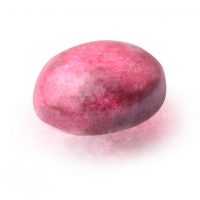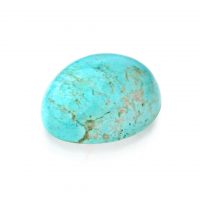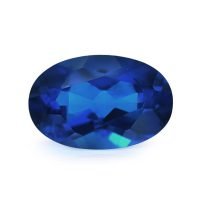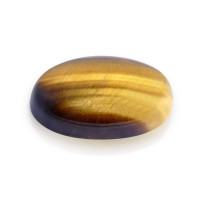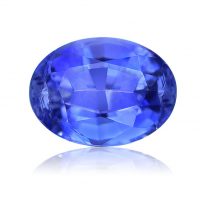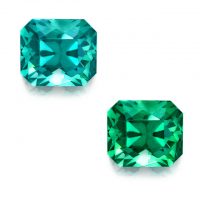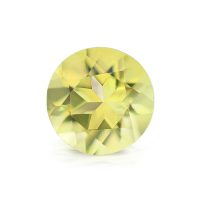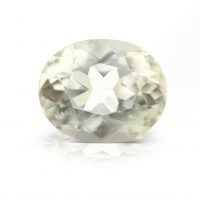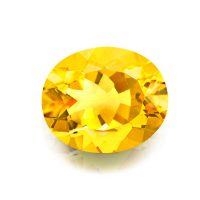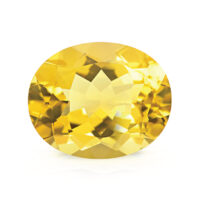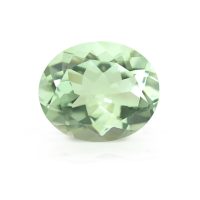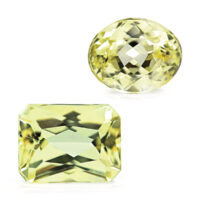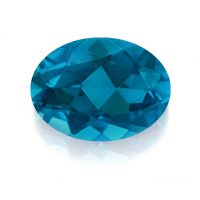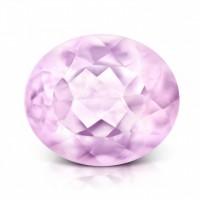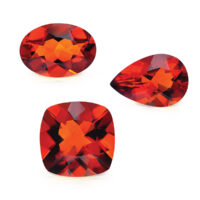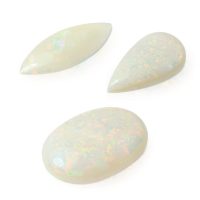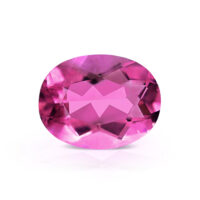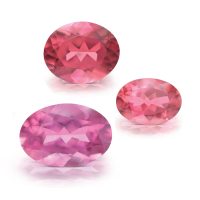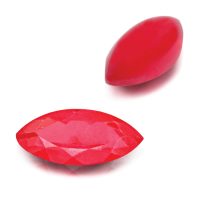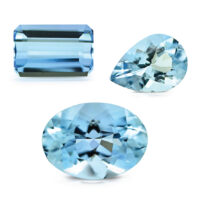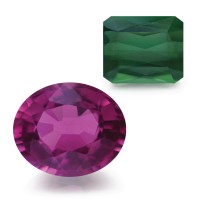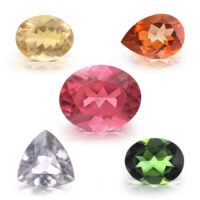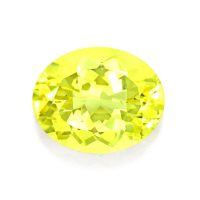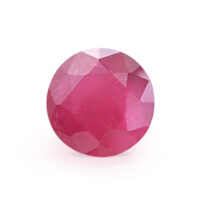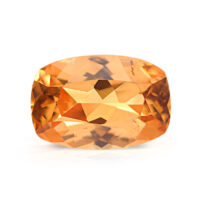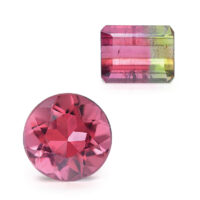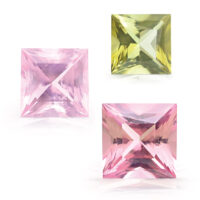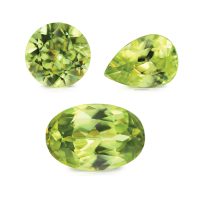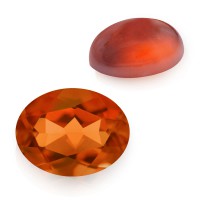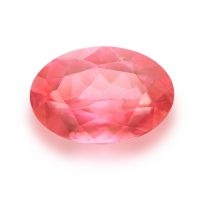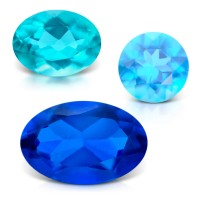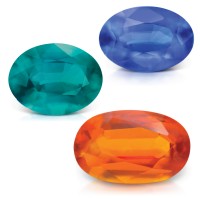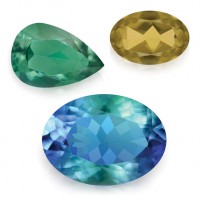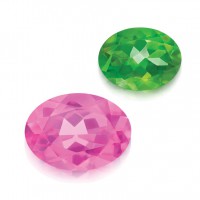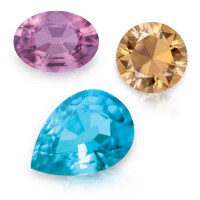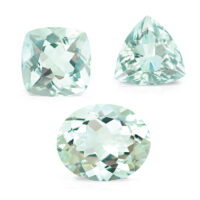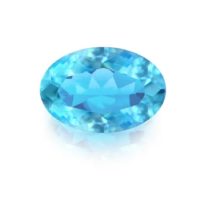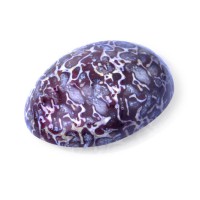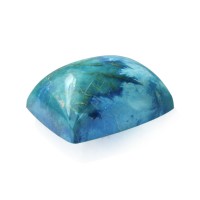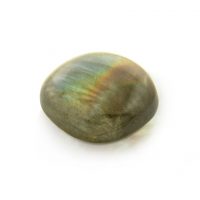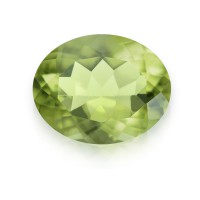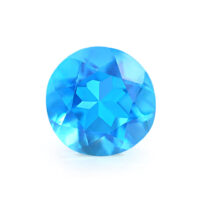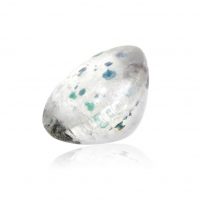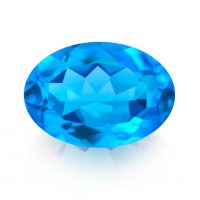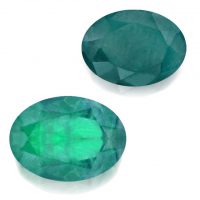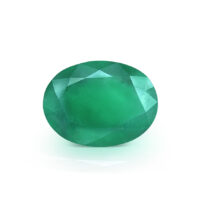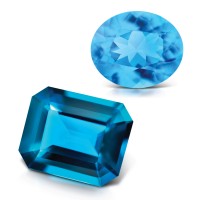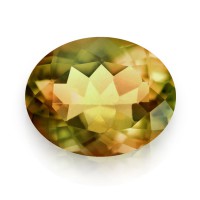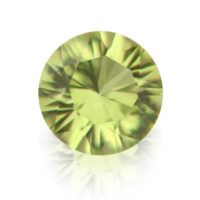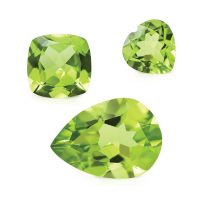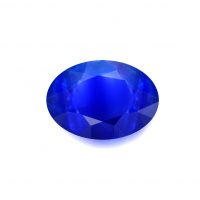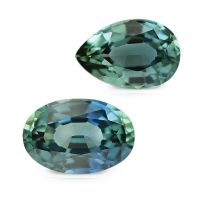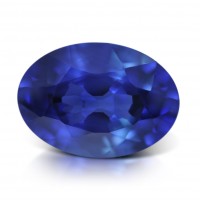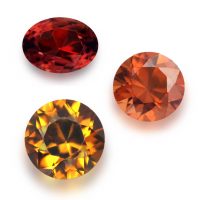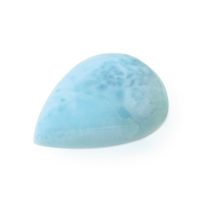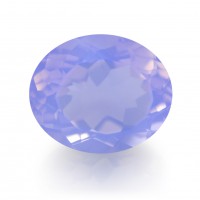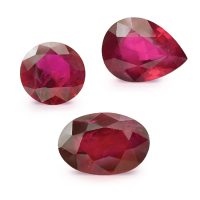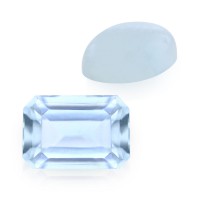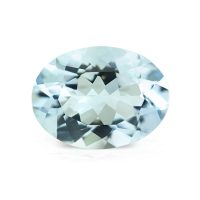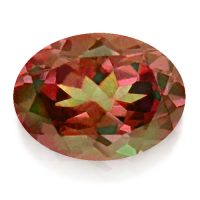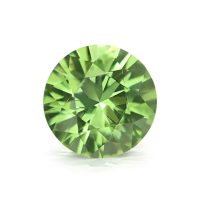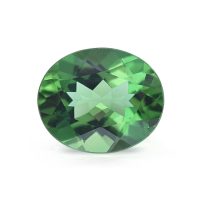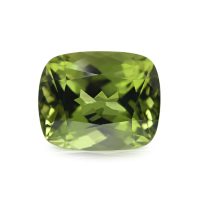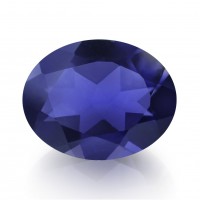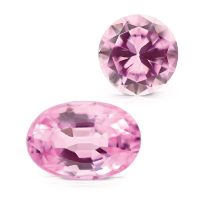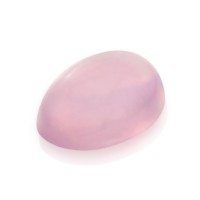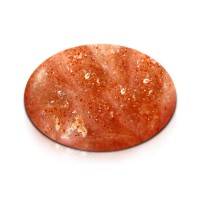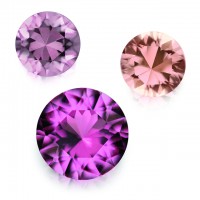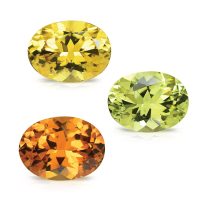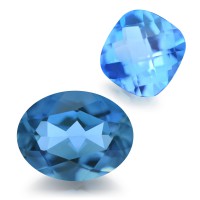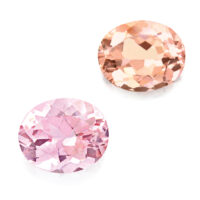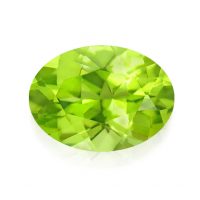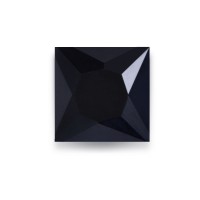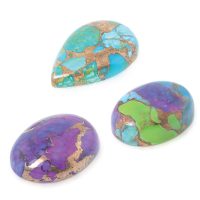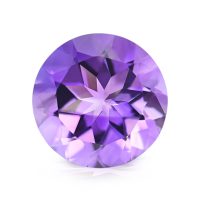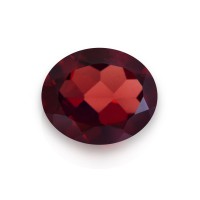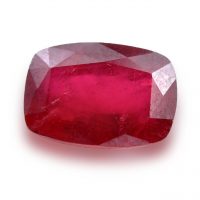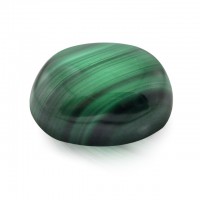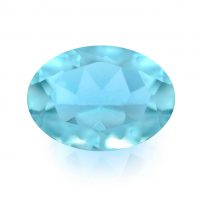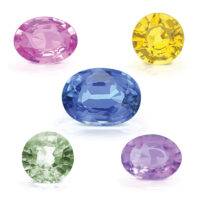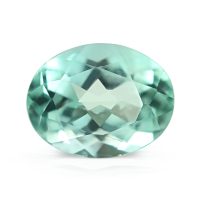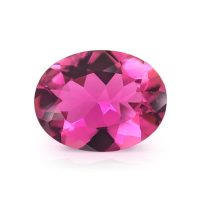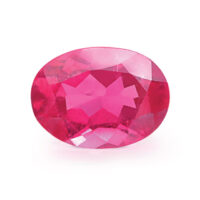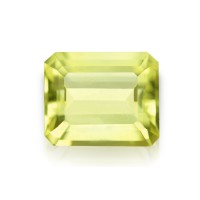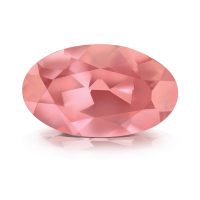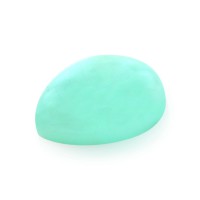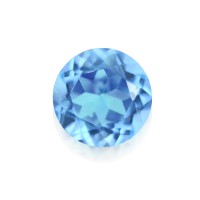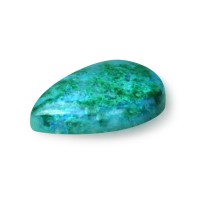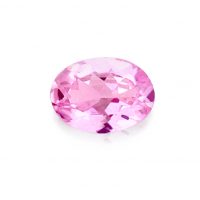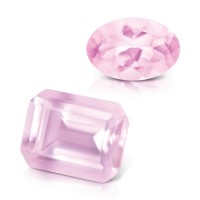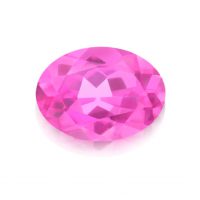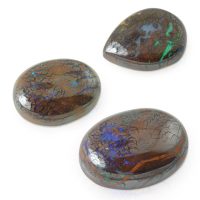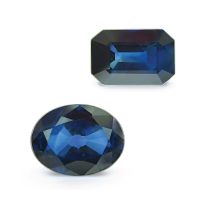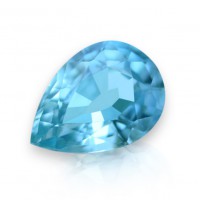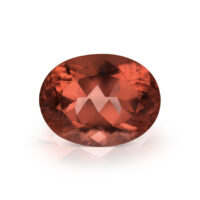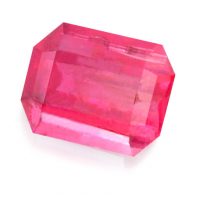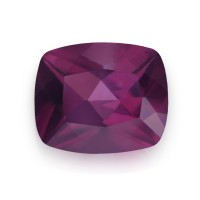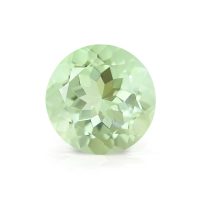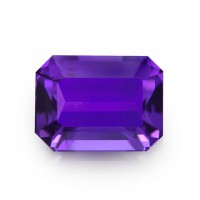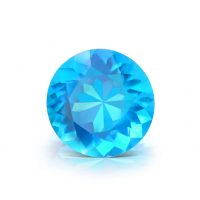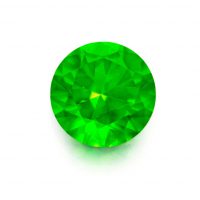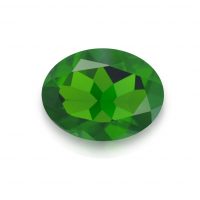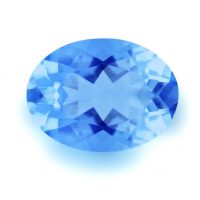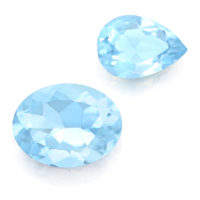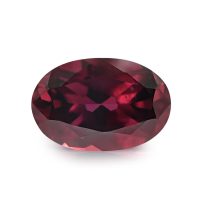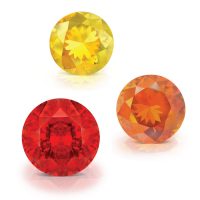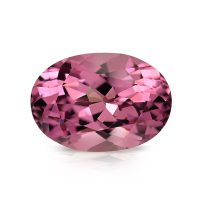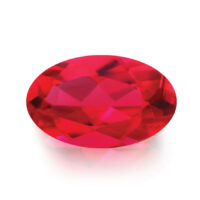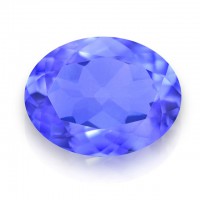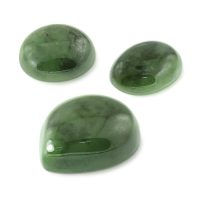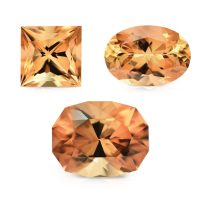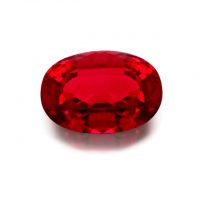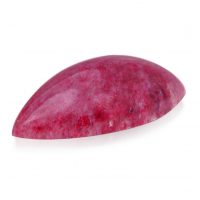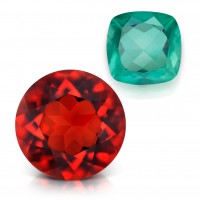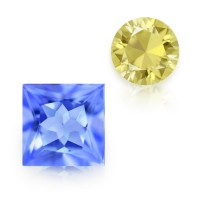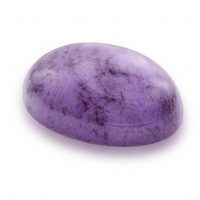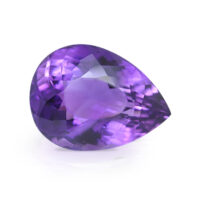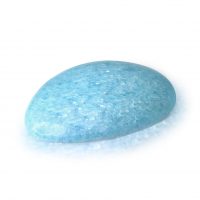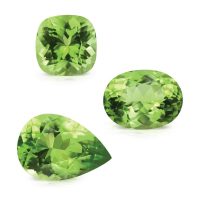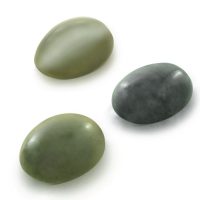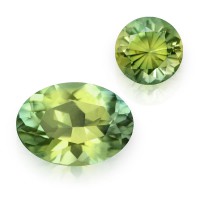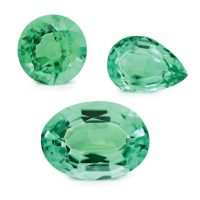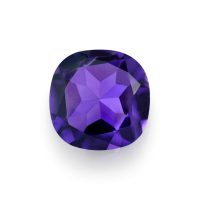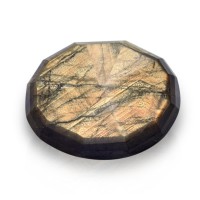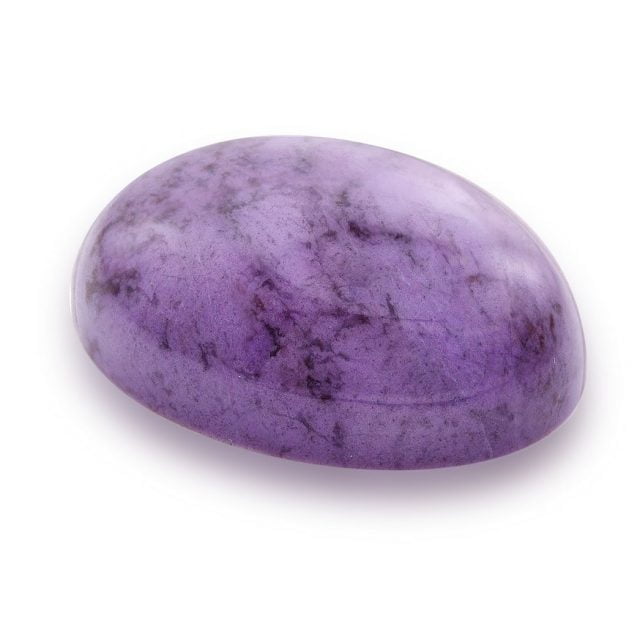

The true emperor of Chinese jewelry, Jade was also prized in Aztec, Maori, Mayan, Native American, Olmec, and Toltec cultures. A uniquely beautiful twist on an ancient gemstone, Turkish Purple Jade (Turkiyenite) is a rare Jadeite variety, the most valuable Jade usually synonymous with Burma (Myanmar). With its sole global deposit at Bektaşlar (bek-TAHS-lar) in Türkiye’s Bursa Province (Marmara Region) long depleted, once historic reserves are exhausted, there’s no more… Combining gorgeous, all-natural purple patterning, undeniable rarity, and everyday wear-ability, Turkish Purple Jade’s a treasured addition to any jewelry box.
Beauty
Turkish Purple Jades’ base colors run from gray-purple to rich deep purple, with various mottling. These color variations, along with deep green dots and red streaks, provide an interesting canvas that highlights the gem’s characteristic patterns. Occasionally, you can find bold specks of green and orange along with other attractive differences. Our Turkish Purple Jade beautifully displays the preferred, rich-mottled-purples in a highly-desirable range of medium to medium-dark saturations (strength of color) and tones (lightness or darkness of color), the marketplace ideal.
Turkish Purple Jade is optimally cut ‘en cabochon’ (cut in convex form and highly-polished, but not faceted) in the legendary gemstone country of Thailand (Siam), home to some of the world’s best lapidaries. Expertly fashioned by experienced cutters, they feature attractive smooth domes with a desirable proportion, shape, and symmetry, as well as a superior, mirror-like polish affording excellent lustre, accentuating their signature colour mottling that makes each one visually unique. While this beautiful mottling is unique and individual, they’re compatibly graded for each jewellery design. Each gem has its own beautiful variations, making every Turkish Purple Jade distinct and exclusive.
Turkish Purple Jade’s luster can be greasy, vitreous, or waxy, depending on its polish and composition, varying with differing concentrations of Jadeite and other minerals (see below). While gem-quality Jadeite often displays a smooth, greasy or waxy finish, Turkish Purple Jade, with its mixed composition and structure, can achieve a more vitreous ‘glassy’ luster, especially when finely polished.
Long-coveted as the royal gemstone, Jade may have been mined in China as early as 6000 BC. Jade was called the ‘Stone of Heaven’ by the ancient Chinese, who associated it with immortality and the ability to bridge heaven and earth. Jade has two different varieties, but prior to 1863 it was a blanket term covering Jadeite (pyroxene group), Nephrite (amphibole group), and other similar minerals. ‘Jade’ originates from the Spanish conquest of the Americas, being derived from ‘piedra de hijada’ (colic stone) around 1565. The gem’s other Spanish name, ‘piedra de los rinones’ (kidney stone), translates into the Latin, Lapis Nephriticus, giving the name, Nephrite. Not incredibly romantic, these names came from Spaniards making a tenuous curative connection between the shapes of polished Jade pebbles and kidneys. In 1863 the French mineralogist, Alexis Damour established that some Chinese Jade (Nephrite) and Burmese Jade (which he named ‘Jadeite’) are different minerals with a similar appearance and properties. Semi-transparent to opaque, Jadeite comes in shades of blue, brown, cream, green, grey, lavender, orange, purple, red, violet, white, yellow, and combinations thereof, including mottling. Jadeite’s reddish coloration is caused by iron trace elements, while its greens are due to the presence of chromium.
Rarity
While China, along with Burma (Myanmar), remain important origins for this gemstone, other Jade sources include, Australia, Guatemala, Japan, Kazakhstan, New Zealand, Russia (Siberia), Taiwan, Türkiye, and the USA. While Turkish Purple Jade has been used as a modern gem since the 80s, there is some evidence to suggest it was also a gemstone of antiquity.
Turkish Purple Jade is a variety of Jadeite, the most valuable of Jade’s two types, and a gemstone usually associated with Burma (Myanmar). Fine, translucent/semi-transparent Jadeite is very rare, representing far less than one percent of all Jade mined. In fact, fine-Jadeite ranks four on the top ten list of the world’s rarest and most valuable gems (Painite1, Alexandrite2, Taaffeite3, Jadeite4, Red Beryl5, Black Opal6, Grandidierite7, Benitoite8, Tanzanite9, and Poudretteite10).
The concentration of Jadeite in Turkish Purple Jade is 40 – 60 percent, also containing Feldspar, Lawsonite, Quartz, and Zircon. As an opaque gem, Turkish Purple Jade doesn’t necessarily have the same luminescence as Burmese Lavender Jadeite, one of Jade’s rarest varieties, but with a comparable beauty and scarcity, it demands similar prices. With Turkish Purple Jade’s sole source (Bektaşlar, Harmancık District, Bursa Province, Marmara Region, Türkiye) now exhausted, we’re dependent on long-vaulted raw crystals (rough). The surface deposit was small, with nothing found deeper than about one-meter. Although apparently significant funds were spent searching the Bursa Province for other deposits, this well-explored area has yielded nothing additional. The Bursa Province is also known for a plethora of other minerals and rocks, including marble and precious metals.
No longer mined, Turkish Purple Jade is not readily available in jewelry, and extremely difficult to source in any grade, with quality and prices varying depending on color and inclusions. Given this historic rarity, the Turkish government was reportedly considering designating Turkish Purple Jade a ‘National Heritage Stone’. Our Turkish Purple Jade is also totally natural and unenhanced, which is an absolutely critical attribute for top qualities, accentuating desirability, rarity, and value. Defined as any process other than cutting that improves a gemstones’ appearance, durability, value or availability, well-over 90 percent of gemstones are enhanced, noting some Turkish Purple Jade in the marketplace is dyed.
Durability & Care
Tougher than Diamonds, Turkish Purple Jade (Mohs’ Hardness: 6.5 – 7) is a wonderfully wearable, durable gemstone, and an excellent choice for everyday jewelry. Turkish Purple Jade should always be stored carefully to avoid scuffs and scratches. Clean with gentle soap and lukewarm water, scrubbing behind the gem with a very soft toothbrush as necessary. After cleaning, pat dry with a soft towel or chamois cloth.
Map Location
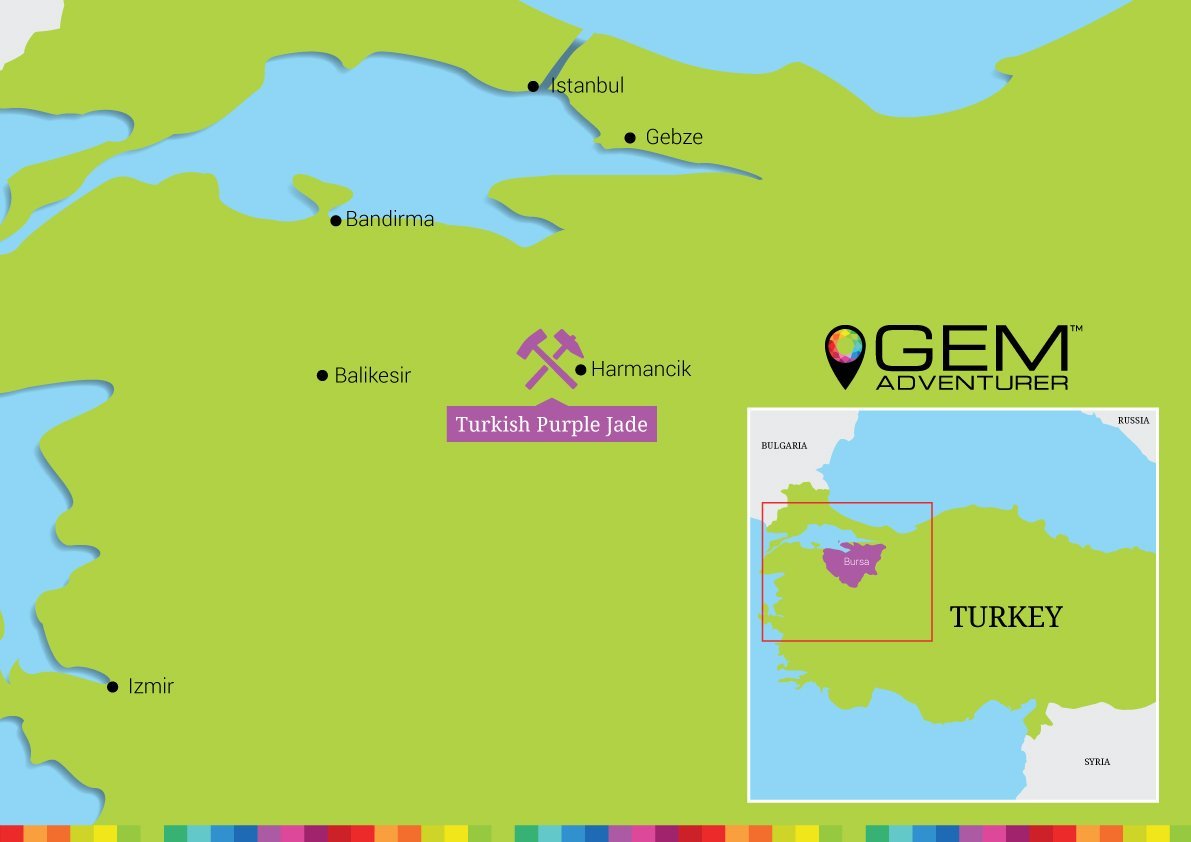
Click map to enlarge

